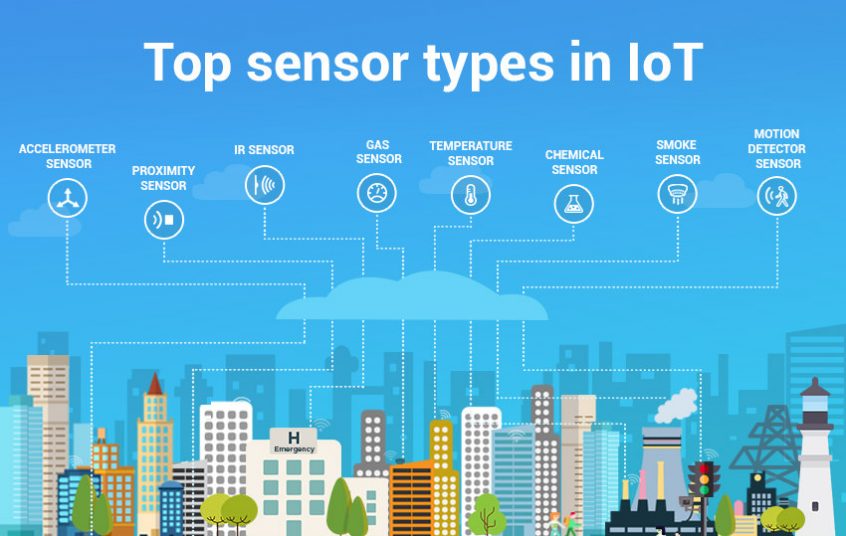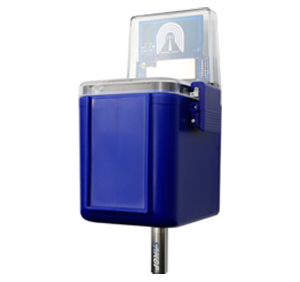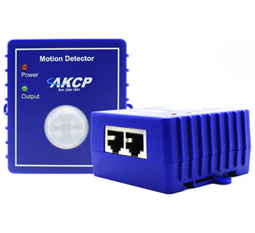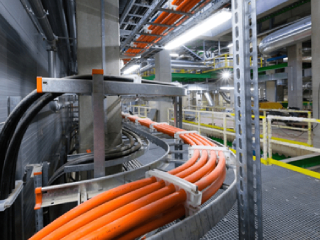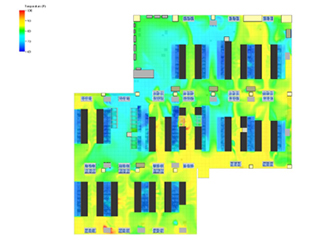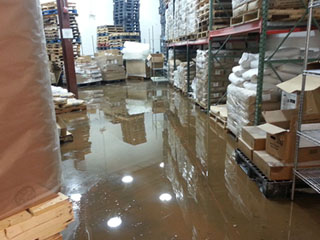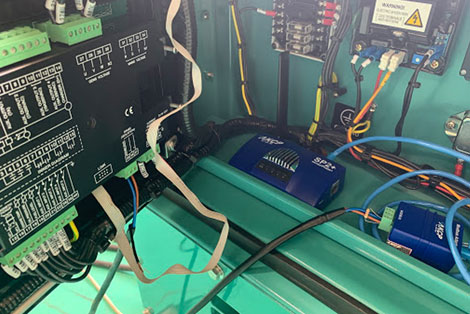The Internet of Things (IoT) has the potential to revolutionize the way systems and businesses operate, allowing for not only greater automation but also greater visibility thanks to the massive amounts of data that can be collected, analyzed, reported, and acted upon – often without the need for human interaction or involvement.
The capacity to collect data efficiently begins with the use of IoT sensors. Sensors are devices that respond to physical inputs and then display, transmit, or employ artificial intelligence (AI) to make judgments or modify operational conditions based on those inputs. In the context of the Industrial Internet of Things, data received from sensors is utilized to assist business owners and managers in making informed choices about their operations, as well as to enable clients and users to use the company’s goods and services more effectively.
As the Internet of Things (IoT) project grows, more sensors will be utilized to monitor and gather data for analysis and processing. This article provides an overview of some of the many types of sensors that will be used to drive data collecting in the IoT effort.
IoT Sensor Types
IoT Sensors are built to respond to particular sorts of physical circumstances and then provide a signal that represents the magnitude of the condition being monitored. Light, heat, sound, distance, pressure, or any more particular scenario, such as the presence or absence of a gas or liquid, are examples of such situations. The following are examples of common IoT sensors that will be used:
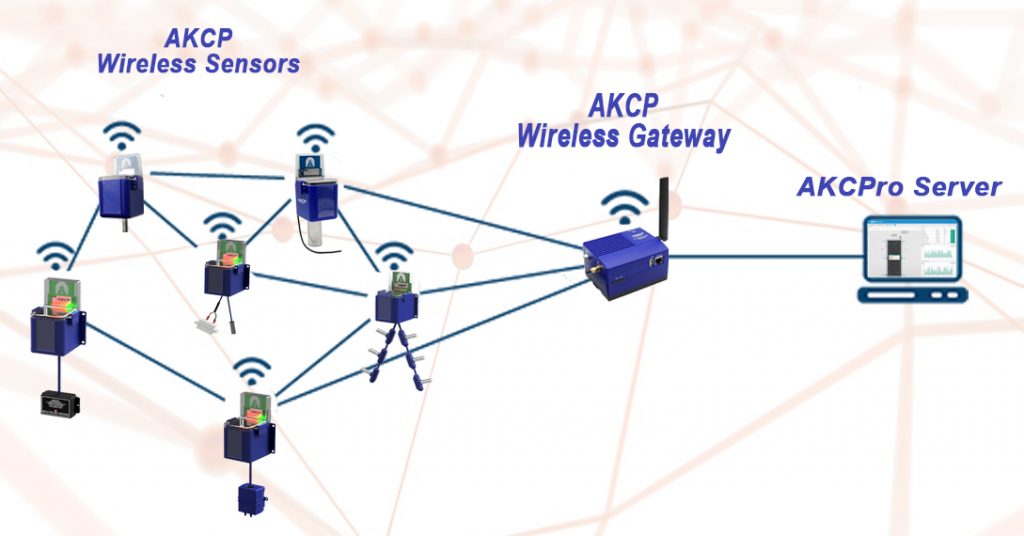
AKCP Wireless Sensor Network
- Temperature sensors
- Pressure sensors
- Motion sensors
- Level sensors
- Image sensors
- Proximity sensors
- Water quality sensors
- Chemical sensors
- Gas sensors
- Smoke sensors
- Infrared (IR) sensors
- Acceleration sensors
- Gyroscopic sensors
- Humidity sensors
- Optical sensors
Each of these sensors is described in detail below.
Temperature Sensors
Temperature sensors monitor the temperature of the air or a physical item and convert it to an electrical signal that may be calibrated to represent the observed temperature precisely. These sensors might be used to track the temperature of a crucial piece of equipment to detect when it is overheating or approaching failure.
Pressure Sensors
Pressure sensors detect air pressure, the pressure of a stored gas or liquid in a sealed system such as a tank or pressure vessel, or the weight of an item by measuring the pressure or force per unit area applied to the sensor.
Motion Sensors
Motion sensors or detectors can sense the movement of a physical item by employing any one of numerous technologies, including passive infrared (PIR), microwave detection, or ultrasonic, which utilizes sound to detect things. These sensors may be utilized in security and intrusion detection systems, as well as to automate the control of doors, sinks, air conditioning, and heating systems, and other systems.
Level Sensors
The level of a liquid relative to a normal value is converted into a signal using level sensors. Gasoline gauges, for example, show the level of fuel in a vehicle’s tank and offer a continuous level reading. There are also point-level sensors, which are a digital or go-no-go depiction of the liquid level. When the gasoline level tank gets extremely close to empty, certain vehicles include a light that glows, functioning as an alert to notify the driver that fuel is likely to run out totally.
Image Sensors
Image sensors collect pictures that are then digitally stored and processed. License plate readers, as well as facial recognition systems, are examples. Image sensors in automated production lines may identify quality concerns such as how effectively a surface is coated after leaving the spray booth.
Proximity Sensors
Proximity sensors use a range of technological designs to detect the presence or absence of items approaching the sensor. These strategies include:
- Inductive technology that can be used to detect metal items
- Capacitive technologies are those that work with things that have a different dielectric constant than air.
- Photoelectric technologies, which use a beam of light to illuminate and reflect back from an item, or photovoltaic technologies, which use a beam of light to illuminate and reflect back from an object.
- Ultrasonic technologies detect an item approaching the sensor by sending out a sound signal.
Water Quality Sensors
The importance of water to humans on the planet, not just for drinking but also as a critical element in many manufacturing processes, necessitates the ability to feel and evaluate characteristics related to water quality. The following are some instances of what is felt and monitored:
- Chemical Presence – such as chlorine levels or fluoride levels.
- Oxygen Levels – which may impact the growth of algae and bacteria.
- Electrical Conductivity – which can indicate the level of ions present in water.
- PH Level – a reflection of the relative acidity or alkalinity of the water.
- Turbidity Levels – a measurement of the number of suspended solids in water.
Chemical Sensors
Chemical sensors are designed to detect the presence of certain chemical compounds which may have mistakenly escaped from their containers into places that are occupied by workers and are important in managing industrial process conditions.
Gas Sensors
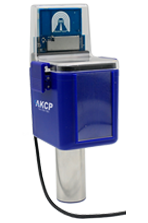
Wireless Tunnel Air Quality Sensor
Gas sensors, like chemical sensors, are calibrated to detect the presence of combustible, poisonous, or flammable gas in the sensor’s surroundings. The following are some examples of particular gases that can be detected:
- Acetone (e.g. Paints And Glues)
- Toluene (e.g. Furniture)
- Ethanol (e.g. Perfume, Cleaning Fluids)
- Hydrogen Sulfide (e.g. Decaying Food)
- Benzene (e.g. Cigarette Smoke)
Smoke Sensors
Smoke sensors or detectors use optical sensors or ionization detection to detect the presence of smoke conditions that might be a sign of a fire.
Infrared (IR) Sensors
Objects generate infrared radiation, which is detected by infrared sensor technology. These sorts of sensors are used in non-contact thermometers to measure the temperature of an item without having to place a probe or sensor on it directly. They’re useful for assessing electronics’ heat signatures and monitoring blood flow or blood pressure in patients.
Acceleration Sensors
While motion sensors detect movement, acceleration sensors, commonly known as accelerometers, measure the rate at which an object’s velocity changes. A free-fall state, a quick vibration creating a movement with speed variations, or rotating motion might all cause this shift. Acceleration sensors use a variety of technologies, one of which is:
- Hall-Effect Sensors – rely on magnetic field variations to detect changes.
- Capacitive Sensors – which depend on monitoring changes in voltage from two surfaces.
- Piezoelectric Sensors – create a voltage that varies in response to pressure due to sensor distortion.
Gyroscopic Sensors
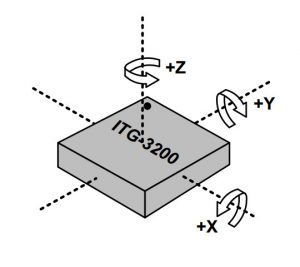
Photo Credit: sparkfun.com
Using a 3-axis system, gyroscopes or gyroscopic sensors are used to monitor the rotation of an object and estimate the rate of its movement, known as angular velocity. These sensors allow the orientation of an item to be determined without having to see it.
Humidity Sensors
Humidity sensors can detect the relative humidity of air or other gases, which is a measure of how much water vapor is present. Controlling environmental conditions is crucial in the manufacturing of materials, and humidity sensors allow for measurements and adjustments to be made to minimize rising or falling levels. To maintain desired comfort levels, HVAC systems are a typical application.
Optical Sensors
Optical sensors respond to light that is reflected off of an object and generate a corresponding electrical signal for use in detecting or measuring a condition. These sensors work by either sensing the interruption of a beam of light or its reflection caused by the presence of the object. The types of optical sensors include:
- Through-Beam Sensors – which detect objects by the interruption of a light beam as the object crosses the path between a transmitter and remote receiver.
- Retro-Reflective Sensors – which combine transmitter and receiver into a single unit and use a separate reflective surface to bounce the light back to the device.
- Diffuse Reflection Sensors – which operate similarly to retro-reflective sensors except that the object being detected serves as the reflective surface.
AKCP Wired and Wireless Sensors
Wired and Wireless sensors for monitoring a wide range of industries. Data Center Temperature Monitoring, Remote Site Sensors. Power Monitoring and Environmental Monitoring. AKCP has over 30 years of experience and is the world’s largest installed base of environmental monitoring sensors.
AKCP offers powerful yet power-conscious sensors for temperature, humidity, power, contact, and more. They’re configurable to transmit infrequently and operate with 10-year battery life. This means minimal maintenance, a network you can deploy and depend on. Our IoT sensors also integrate seamlessly with our Wireless Tunnel Gateways (WTG) pushing data into the AKCPro Server so you can easily connect your data to a variety of devices and applications.
Conclusion
Sensors enhance our capacity to observe and report on the world around us. What a sensor sees can be the difference between that which is imagined and that which is possible.
Reference Links:
https://www.postscapes.com/trackers/video/the-internet-of-things-and-sensors-and-actuators/
https://dzone.com/articles/sensor-with-specification-in-iot
https://iot4beginners.com/commonly-used-sensors-in-the-internet-of-things-iot-devices-and-their-application/
https://www.te.com/usa-en/industries/sensor-solutions/applications/iot-sensors.html
https://www.techbriefs.com/component/content/article/tb/features/articles/33212
https://www.elprocus.com/optical-sensors-types-basics-and-applications/

